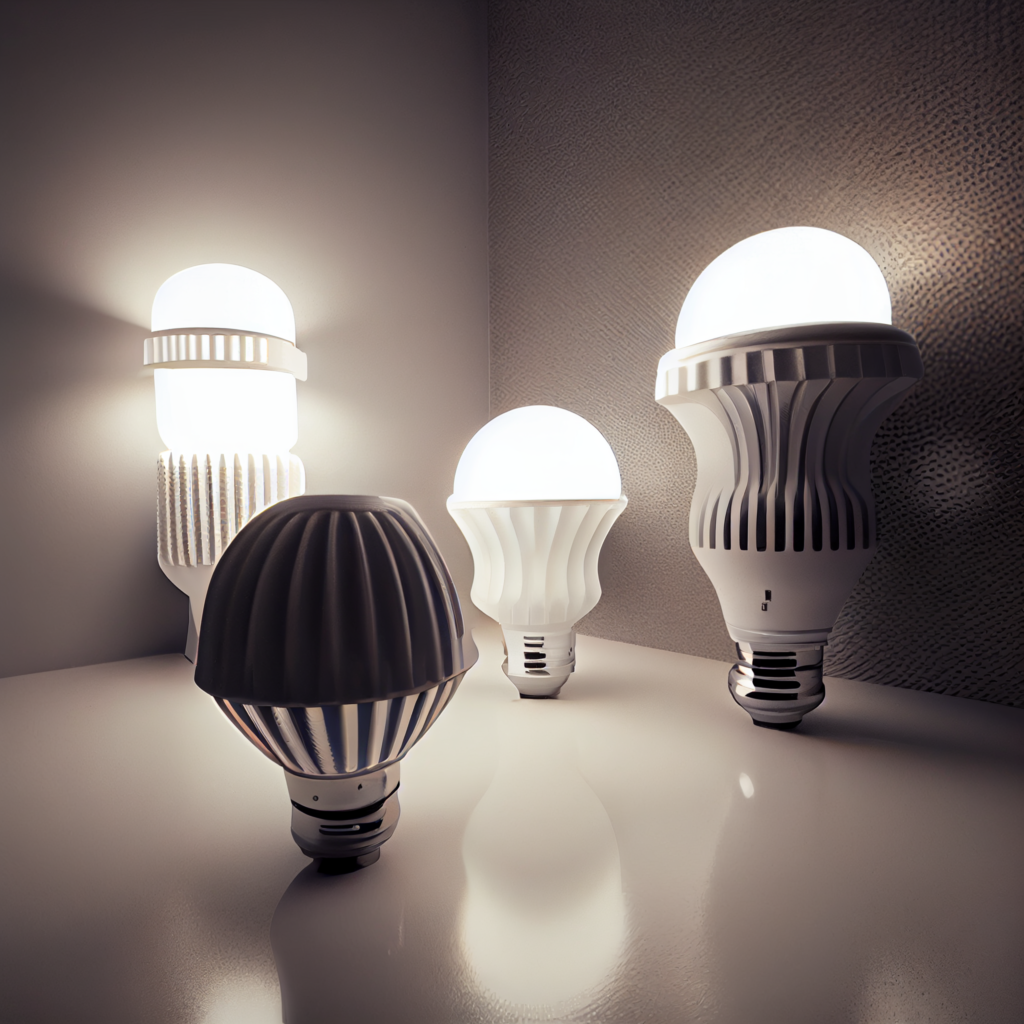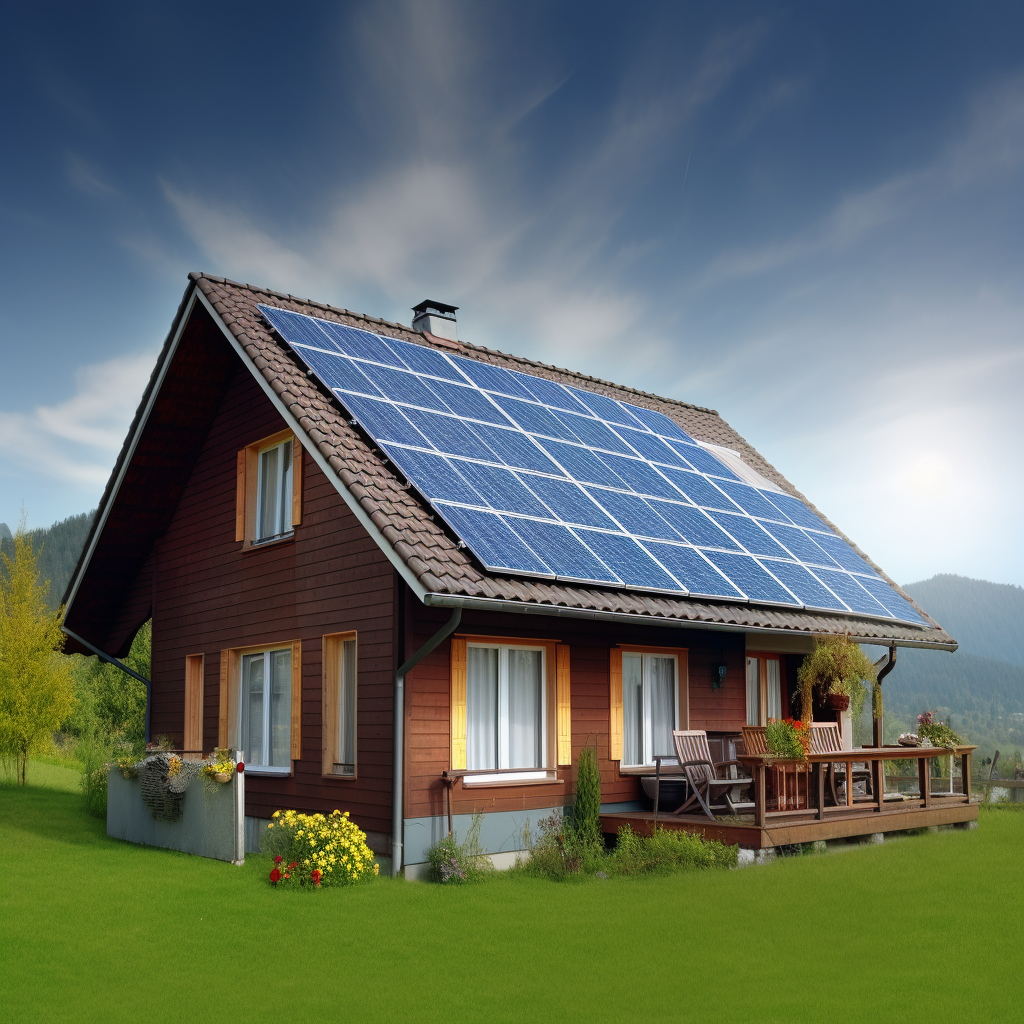Harnessing the Power of Smart Home Technologies for Sustainable Living
As the world becomes increasingly interconnected, home automation and smart home devices are revolutionizing the way homeowners manage and conserve energy. With the adoption of smart home tech, you can effortlessly control various aspects of your home environment, such as lighting, temperature, and appliances, ultimately promoting sustainable living.
One of the most popular smart home features is voice control, which allows users to manage their home systems with simple voice commands. This technology not only adds convenience to daily routines but also helps optimize energy usage. For instance, smart thermostats can learn your schedule and preferences, adjusting the temperature accordingly to minimize energy consumption. Additionally, smart lighting systems can be programmed to turn on or off based on occupancy or time of day, eliminating wasteful energy use.
Smart home devices can also be integrated into a centralized energy management system, providing real-time data on energy consumption and offering suggestions for improvement. By monitoring energy usage patterns, homeowners can identify areas of inefficiency and take proactive steps to enhance their home’s overall energy performance.
Finally, smart home technologies can also work hand in hand with renewable energy sources like solar panels. By integrating these energy generation systems into the smart home ecosystem, homeowners can efficiently manage and store the energy produced, further contributing to a sustainable lifestyle.
Insulation Innovations: Boosting Home Comfort and Reducing Energy Waste
Home insulation plays a crucial role in maintaining a comfortable living environment while minimizing energy waste. Advances in insulation technology have led to the development of more effective materials and methods, such as spray foam insulation, which can significantly reduce energy loss in your home.
Spray foam insulation is an innovative solution that expands upon application, filling even the smallest gaps and crevices in your home’s structure. This provides a superior thermal barrier, reducing heat transfer and preventing drafts. As a result, homeowners can enjoy enhanced comfort and reduced energy bills.
When considering insulation upgrades, it’s essential to weigh the average cost against the potential savings. While spray foam insulation may have a higher upfront cost compared to traditional options, its long-term benefits in energy savings and improved home comfort often justify the investment. Moreover, some local and federal incentives may help offset the cost of insulation upgrades, making them an attractive option for homeowners looking to improve energy efficiency.

Heating and Cooling Optimization: Making the Most of Your HVAC System
Energy-efficient HVAC systems can significantly reduce your home’s energy consumption while maintaining optimal comfort levels. To fully optimize your HVAC system’s performance, it’s essential to consider factors such as proper sizing, regular maintenance, and potential upgrades.
Case studies have demonstrated that an improperly sized HVAC system can lead to energy waste and reduced comfort. Consulting with a qualified professional to evaluate your home’s heating and cooling requirements will ensure that your system is correctly sized, maximizing its efficiency and lifespan.
Maintaining your HVAC system is another crucial aspect of optimizing its performance. Regular maintenance tasks such as cleaning filters, checking refrigerant levels, and inspecting electrical components can help prevent breakdowns and improve efficiency. Additionally, upgrading to a programmable or smart thermostat can further enhance your system’s energy-saving potential.
Lastly, consider improving your home’s ductwork to minimize energy loss. Duct sealing is a process that involves identifying and sealing any leaks in your home’s duct system. Leaky ducts can result in significant energy waste, as conditioned air escapes before reaching its intended destination. By sealing your ducts, you can ensure that your HVAC system operates at peak efficiency, reducing energy consumption and maintaining a comfortable living environment.
Overall, optimizing your HVAC system’s performance is a multifaceted process that requires proper sizing, regular maintenance, and targeted upgrades. By taking these steps, you can significantly improve your home’s energy efficiency and comfort while reducing your carbon footprint and energy bills.

Lighting the Way: How to Choose Energy-Saving Bulbs and Fixtures
Switching to energy-efficient lighting can have a significant impact on your home’s overall energy consumption. One of the most effective ways to achieve this is by using LED light bulbs, which offer numerous benefits, such as longer life spans, lower energy usage, and reduced heat output.
When selecting energy-saving bulbs and fixtures, consider the following factors:
- Dimmable – Choosing dimmable LED bulbs allows you to adjust the light levels in your home, reducing energy consumption when full brightness is not required. Pairing these bulbs with compatible dimmer switches can further enhance their energy-saving capabilities.
- Color temperature – LED bulbs come in various color temperatures, which can influence the ambiance and mood in your home. Warmer colors are ideal for living spaces, while cooler colors work well in task-oriented areas like kitchens and offices.
- Fixture compatibility – Ensure the LED bulbs you choose are compatible with your existing fixtures. Some LED bulbs may not fit or work well with older fixtures, so it’s essential to verify compatibility before making a purchase.
By incorporating energy-efficient lighting solutions such as LED light bulbs and dimmer switches, you can enjoy significant energy savings while reducing your home’s carbon footprint.
Weatherproofing Wonders: Sealing Your Home Against Energy Loss
To effectively seal your home against energy loss, start with a home energy audit. This process will identify areas where air leaks may be occurring, such as around windows and doors. Once these problem areas are pinpointed, you can begin addressing them with appropriate weatherproofing measures.
Using a waterproof sealant like silicone or caulk can help seal gaps and cracks around windows and doors. These sealants provide an effective barrier against air infiltration, reducing drafts and improving your home’s overall energy efficiency. Additionally, consider installing weatherstripping to further enhance the sealing of doors and windows.
Air sealing is another essential component of weatherproofing your home. This involves sealing gaps and cracks in your home’s building envelope, such as around electrical outlets, plumbing penetrations, and attic hatches. By addressing these areas, you can significantly reduce energy loss and improve your home’s comfort and efficiency.
Green Appliances: Revolutionizing Energy Consumption in Your Kitchen
Upgrading your kitchen appliances can greatly impact your home’s energy consumption. When selecting new appliances, pay close attention to their energy ratings and consider their energy-saving features, such as loading interface options and energy-efficient heating elements.
For example, energy-efficient dishwashers often have multiple loading interfaces and adjustable racks, allowing you to optimize space and reduce water and energy usage. Similarly, modern refrigerators come with features such as variable-speed compressors and improved insulation, reducing their energy consumption compared to older models.
When purchasing new appliances, look for those with the ENERGY STAR label. This certification indicates that the appliance meets or exceeds energy efficiency guidelines set by the Environmental Protection Agency. By choosing ENERGY STAR-certified appliances, you can be confident that you are investing in products that will minimize energy consumption and reduce your environmental impact.
In addition to selecting energy-efficient appliances, consider adopting sustainable practices in your kitchen. This can include:
- Using a microwave or toaster oven for smaller cooking tasks, as they typically consume less energy than a conventional oven.
- Thawing frozen foods in the refrigerator or at room temperature, rather than using the microwave or running hot water.
- Using the dishwasher only when fully loaded and selecting the eco-friendly or energy-saving cycle when available.
By choosing energy-efficient appliances and adopting sustainable habits in your kitchen, you can significantly reduce your home’s energy consumption and contribute to a greener future.
Water Conservation Wisdom: Streamlining Usage for Maximum Efficiency
Water conservation is an essential aspect of sustainable living, as it helps reduce the strain on our planet’s finite water resources. By streamlining water usage, homeowners can achieve maximum efficiency and contribute to a more eco-friendly lifestyle. Some practical water conservation strategies include:
- Installing low-flow fixtures: Replace traditional faucets, showerheads, and toilets with low-flow alternatives to reduce water consumption without compromising performance.
- Implementing a rainwater harvesting system: Collect rainwater and use it for irrigation, flushing toilets, or even washing laundry, depending on the level of treatment applied.
- Practicing efficient irrigation: Utilize drip irrigation, soaker hoses, or smart sprinkler systems to minimize water waste in your garden.
- Monitoring water usage: Keep track of your water consumption using a smart water meter or monitoring app to identify opportunities for improvement.
- Fixing leaks promptly: Repair any leaks in your home’s plumbing system as soon as they are detected to prevent unnecessary water waste.
By adopting these water conservation measures, you can significantly reduce your home’s water consumption, lower your utility bills, and protect our planet’s precious water resources.

Solar Solutions: Harnessing the Sun’s Energy for a Self-Sufficient Home
Solar energy has become an increasingly popular choice for homeowners looking to reduce their reliance on traditional energy sources and transition to a more sustainable lifestyle. By installing solar panels, you can harness the sun’s energy and use it to power your home, reducing your dependence on non-renewable resources and lowering your energy bills.
When considering a solar energy system for your residential property, it’s essential to evaluate factors such as your home’s location, roof orientation, and energy consumption patterns. Consulting with a solar energy professional can help you determine the optimal system size and configuration for your needs.
In addition to generating power for your home, a solar energy system can be paired with an electric vehicle charging station or a battery storage solution, further enhancing your home’s self-sufficiency and reducing its environmental impact.
With advancements in solar technology and the availability of financial incentives, such as tax credits and rebates, solar energy has become an increasingly viable and attractive option for homeowners seeking a greener, more self-sufficient lifestyle.
Unplugging the Energy Vampires: Identifying and Eliminating Standby Power Drains
Phantom power or energy vampires refer to the energy consumed by electronic devices even when they are turned off or in standby mode. This standby power drain can account for a significant portion of your home’s energy consumption and contribute to higher utility bills.
To identify and eliminate standby power drains, consider the following strategies:
- Unplug devices: Disconnect chargers, entertainment systems, and other electronics when not in use to prevent them from drawing power.
- Use power strips: Plug multiple devices into a power strip with an on/off switch, allowing you to easily cut power to all devices at once when not in use.
- Upgrade to energy-efficient devices: Opt for energy-efficient electronics and appliances that consume less power in standby mode or have built-in energy-saving features.
- Perform regular maintenance: Keep devices clean and well-maintained to ensure optimal energy efficiency, as poorly maintained equipment may consume more power.
Another critical area to address when eliminating energy waste is your water heater recovery system. An inefficient or outdated water heater can consume more energy than necessary, leading to higher energy bills. Consider upgrading to a tankless or solar water heater, or insulating your existing water heater to minimize heat loss and reduce energy consumption.
By identifying and eliminating energy vampires and optimizing your water heater recovery system, you can significantly reduce your home’s energy waste, lower your utility bills, and contribute to a more sustainable living environment.






